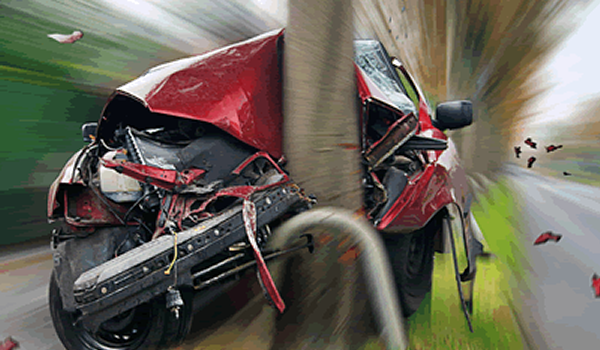 Sometimes businesses need commercial vehicles even when they are not in the transportation industry. Plumbers, electricians, and HVAC specialists all may require a commercial driver’s license (CDL) to transport their equipment from customer to customer. However, when driving is a secondary function of an individual’s job, they may focus less on their performance behind the wheel.
Sometimes businesses need commercial vehicles even when they are not in the transportation industry. Plumbers, electricians, and HVAC specialists all may require a commercial driver’s license (CDL) to transport their equipment from customer to customer. However, when driving is a secondary function of an individual’s job, they may focus less on their performance behind the wheel.
The Problem with Distracted Driving
Distracted driving is one of the leading causes of accidents, and it can have long-term consequences. Aside from increased costs for repairs, insurance companies may inflate rates or threaten to drop coverage altogether. No matter how small the fleet, any company that relies on commercial vehicles cannot afford to lose their coverage.
Possible Solutions
The answer is not as simple as replacing the employee. The transportation industry is struggling with a well-publicized driver shortage, and many trades are not fairing much better. Few industries have the ability to cut ties with a talented employee over their driving. However, when employees represent the business on the road and threaten insurance coverage, the company has to take steps to rectify their driving issues.
One possible solution is to implement technology on drivers’ cellphones. Cellphones are one of the biggest distractions behind the wheel so removing them from the equation can work wonders. Many smartphones come equipped with the option to decline incoming texts and auto-respond to let the sender know that the recipient is driving. New technology takes this one step further and tracks how the driver uses their phone behind the wheel. For example, the technology will not allow the driver to engage their GPS while the vehicle is running. It can also disallow texts, emails, and app use if necessary. It has configurations for incoming calls as well, with settings defining hands-free use only.
Another solution is a 24/7 driver safety program. DriverCheck offers How’s My Driving? as a means to allow the motoring public to be the company’s eyes on the road. The program monitors the vehicle as well as fields incoming calls with complaints, compliments, and more. It helps identify risky drivers and offers training tools to counsel and improve them. It does not rely on in-cab cameras or other invasive monitoring techniques. To learn more about improving driver safety, contact us today.